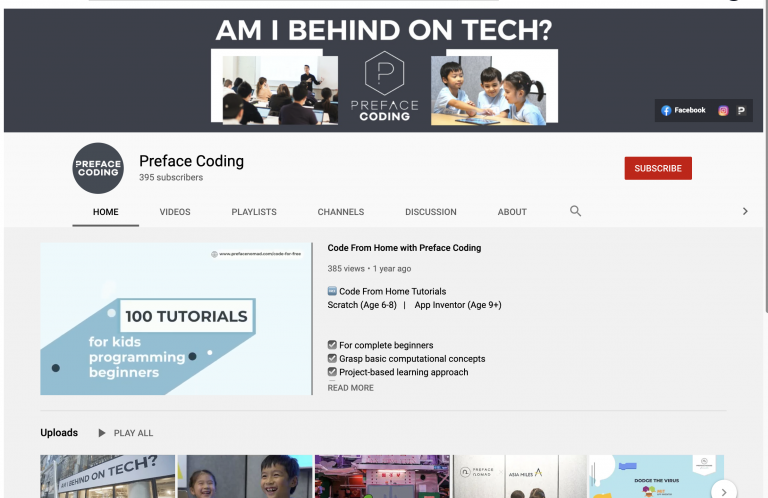 There are as many ways to read Tarot as there are people who do. Tarot does not have to be a parlor game, does not have to be the one-card-at-a-time sophomoric routine, does not have to be New Age fluff. Mastering tarot by introducing it to yourself will take time and effort but has the same advantage that teaching yourself how to cook has: The recipes are uniquely yours.
There are as many ways to read Tarot as there are people who do. Tarot does not have to be a parlor game, does not have to be the one-card-at-a-time sophomoric routine, does not have to be New Age fluff. Mastering tarot by introducing it to yourself will take time and effort but has the same advantage that teaching yourself how to cook has: The recipes are uniquely yours.
The Rider Waite deck is the only serious one. The books that give you meanings are all written by idiots. If you want a book to ‘give you a leg up,’ Eden Gray’s “The Tarot” is useful, especially the part where she has paragraphs on the meanings of the cards based on the pictures on the Rider Waite deck. Her page-per-card writing on each major arcanae is a priceless shortcut to understanding Tarot. Ignore all reversed meanings, keep your cards upright. (The whole Middle Ages do-it-backwards put-it-upsidedown thing was a counterreaction to the dictatorial power of the Roman Catholic church at the time.) This mastery of tarot by teaching it to yourself project is going to be a long haul, something that is ‘not for everyone.’
Remember algebra: There can be only one unknown in an equation if you are to solve it. That is why asking questions you know the answers to tells you the meaning of the cards.
So, you will be asking only questions you know the answers to. You will use the whole deck for each of those questions because you want to know what the cards mean, and using the whole deck involves each of the cards in that subject matter. You want to discover how the same idea is expressed using different combinations of cards. On each Rider Waite card is a picture of a situation, out of which its meanings arise. That is why I want you to read Eden Gray’s descriptions of the cards. Always remember that your meaning for a given card in a given spread may involved any aspect of the story the card pictures. (You could be the one outsmarted or the one outsmarting.) You look to the rest of the layout to see what parallels there are, to apply that one card.
Use a spread that is equally divisible by 78, the number of cards in the deck. ( I used 13, modifying the Celtic cross layout by putting three cards across where the last card is.) Write down every spread of every question in a notebook and review those notes regularly. Yes, this is drudgery. Mastery involves that, haven’t you noticed?
Pay attention to cards that have the same meaning as you study your notes of what you have done. These are theme cards: very important. They establish the dominant meaning, and you choose meanings that agree with them for the rest of the cards in your layout. When you see them, as you become proficient, you will be able to identify a repeating theme in your answer. That repetition indicates accuracy. You will learn to look for these theme cards first to identify your answer more quickly.
Some things that may happen as you delve into tarot:
(1) Some cards will appear three dimensional. Don’t let that disturb you; it is your subconscious saying this card is important to this message.
(2) Once in a while, the pictures will seem to make a movie. This is the stage in which you are beginning to put things together and get an overview.
(3) You begin to read combinations of cards as they glom together modifying one another: This is tarot expertise, you are on your way.
Certain parts of the layout pair the cards. The Cover/Cross in the center (the second and third cards you put down) relate to one another closely, and may be the reading in microcosm. The cards on either side of those, commonly called ‘Behind’ and ‘Before’ are paired, with the one to the left representing the past and the one to the right representing ‘right now’ or ‘just ahead.’ The card below those is called ‘Foundation’ and the one above paired with it is called ‘Future.’ The positions affect the meaning of the cards occupying them. You will get the hang of that gradually. These seven cards form the first sentence of your three-sentence layout; and the sentences are accurate to the degree they repeat and support one another! This is a discovery.
Next sentence is the three cards going up, commonly called ‘The Tower,’ because of the Celtic background of this layout-style. The bottom card there is the second Self card. (The first Self card is the first card you put down, before the Cover/Cross combination. I don’t put it UNDER the Cover/Cross as the books suggest; I put it opposite the last three cards.) The second card going up is called ‘Others,’ which is self-explanatory. The last one going up is the turning point, or the point of conflict, commonly referred to as ‘Hopes and Fears.’
In the standard Celtic cross layout, there is only one card above those three. To use the entire deck evenly, add two cards and make three across there. All of these blend together to be the Outcome.’ And the Outcome is the third sentence.
The idea of the three sentences you will not find anywhere but here. And the idea that the theme cards establish accuracy when they appear in each of the three sentences in the spread is also unique. I discovered this, I did not ‘invent’ it–that is, I did not decide that’s the way it’s going to be.
As a beginner, you may prefer using only three or four cards at a time to answer the question. This works. Don’t try to use the whole deck that way; only some of the spreads will be clear answers.
The difference between just reading the cards and being a master of tarot is being able to blend combinations of cards (not just pairs of cards) into a single meaning. When you are proficient and are no longer asking only questions you know the answers to, you will see that, when you have a long session on the same subject, combinations of the same cards will link together and appear in spread after spread standing for a concept introduced earlier in the session. They will do this no matter how you shuffle. It is a shorthand. Occasionally, many or even all the cards in the whole layout blend into a meaning. When you can see that, you have arrived.
Let me here note that, like everything you do, there will be good days and cussed days in your Tarot Mastery Endeavor! And let me also note that when you tune into a confused person or situation with Tarot, the confusion is reflected in your spread: It is accurately describing something contradictory! Allow for that!
When you have mastery, you have truth, you have facts. Now you can ask questions about your own life that are more personal than you would want to share with anyone else. You can discover your own motives at your own pace. You can psychoanalyze yourself, something any good psychologist will tell you not to do. (But they aren’t looking!)
And then perhaps you can go on to do the same to other people, and to the people those other people are dealing with–if you want to.




